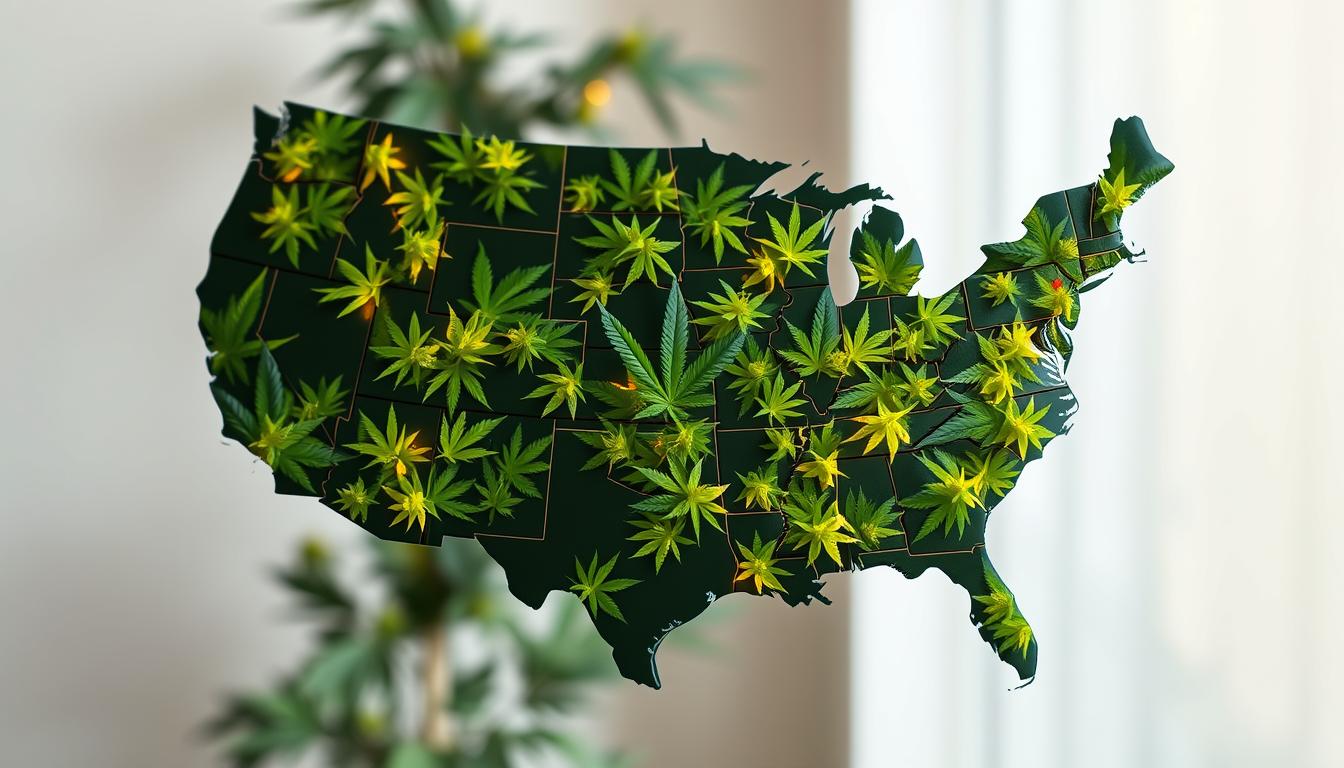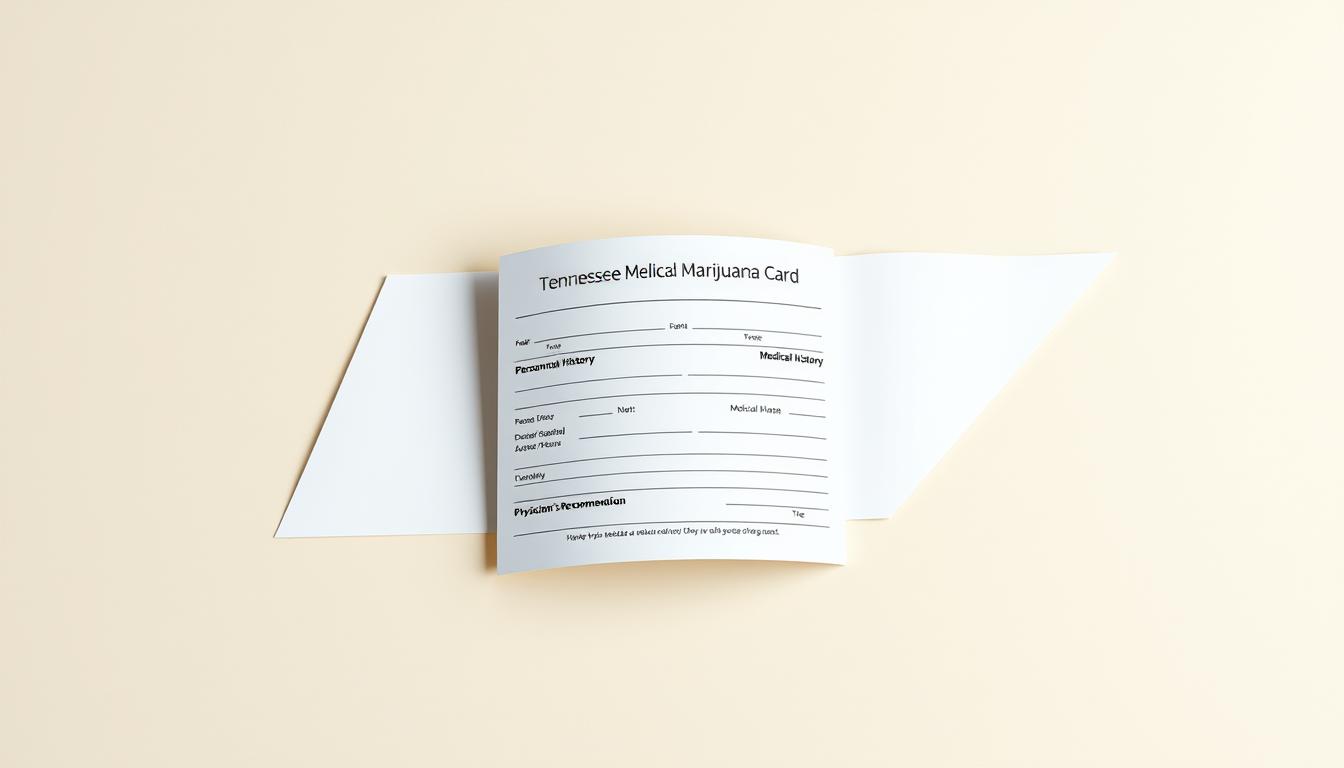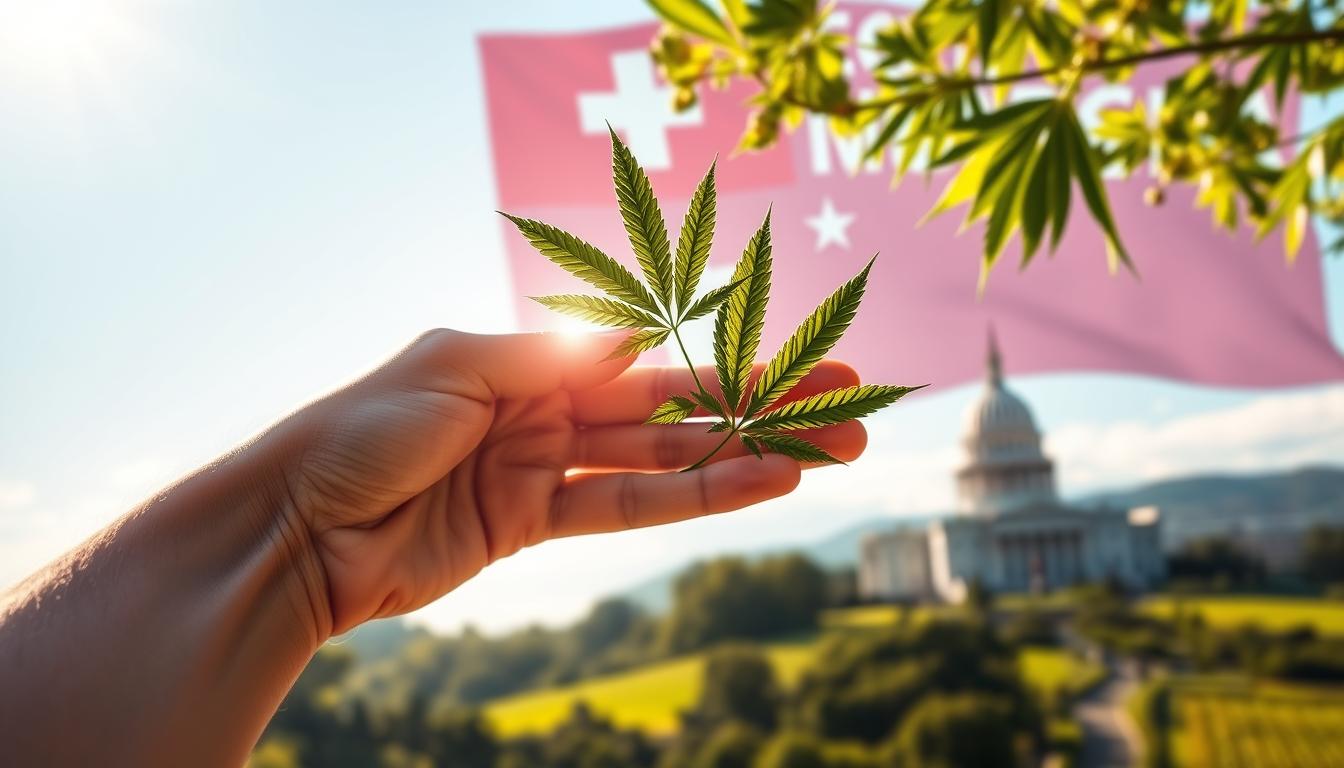What state has the best medical marijuana?. Many patients across the U.S. are searching for effective medical cannabis programs. The laws and regulations vary, affecting the quality of care and access to medical marijuana differently in each state.
The Americans for Safe Access (ASA) annual report highlights Illinois as a top performer. It scored 89.8 and got a B+ grade for its medical marijuana program. This shows the state’s success in improving patient access, product quality, and legal protections.
Looking at the U.S. medical marijuana scene, some states are setting better standards than others. We will look at what makes a medical marijuana program stand out. We will also see which states are leading the way.
Overview of Medical Marijuana Legalization in the U.S.
Medical marijuana legalization in the U.S. has grown a lot. Many states now have full programs. It’s important to know the history and current laws about medical marijuana.
History of Medical Marijuana in the United States
Cannabis has been used in the U.S. for decades. It was once banned but is now used for health reasons again.
Key events in the history of medical marijuana include:
- The first state-level legalization efforts
- Federal policies and their impact on state laws
- Advancements in research and patient access
Current Legal Status Across States
By February 2024, 47 states, the District of Columbia, and 3 territories allow medical cannabis. 38 states have detailed programs, showing a big change.
States have different rules for medical marijuana. These rules affect:
- Who can use it and how
- Where you can buy it and what’s available
- Protection for users and sellers
It’s key for patients, doctors, and lawmakers to understand these differences. This helps them work in the complex world of medical marijuana laws.
Criteria for Evaluating Medical Marijuana Programs
When we look at medical marijuana programs in different states, we need to check a few key things. It’s important to see what makes these programs work well.
Access and Availability of Medical Marijuana
How easy it is for patients to get medical marijuana is a big deal. We look at how easy it is to sign up, how many places to buy it, and what types of products are available. States with good programs make it simple for patients to get the help they need.
- Easy registration process for patients
- Adequate number of dispensaries across the state
- Diverse range of cannabis products, including oils, edibles, and flowers
Quality and Safety Standards
The safety and quality of medical marijuana are also key. We check if there are strict rules for testing and labeling. States with strong programs have groups that watch over the industry to keep patients safe.
- Regular testing for potency and contaminants
- Clear labeling of products with THC and CBD content
- Regulatory oversight to ensure compliance with safety standards
Patient Eligibility Requirements
What makes a patient eligible for medical marijuana varies a lot between states. Some states have more conditions covered, while others are stricter. It’s important for patients to know these rules.
- Qualifying medical conditions
- Documentation required for registration
- Renewal processes for patient cards
Looking at these points helps us see what makes a medical marijuana program good. It also helps us find the best marijuana for medical use in different places.
Top States for Medical Marijuana Programs
Many states stand out for their strong medical marijuana programs. They have made it legal and set up systems to help patients. These systems ensure patients can get the products they need safely and support ongoing research.
California: Pioneering Medical Cannabis Use
California led the way in making medical marijuana legal. It has a big network of medical marijuana dispensary locations. This makes it easy for patients to find what they need.
Florida: Growing Access and Patient Base
Florida’s medical marijuana program is growing fast, with over 900,000 active patients. The state is good at letting more patients in while keeping things safe. Florida offers a wide range of legal medical marijuana states products.
- Expanded patient eligibility criteria
- Increased number of licensed dispensaries
- Variety of product offerings, including oils and edibles
Colorado: Established Programs and Research
Colorado has also made big steps in medical marijuana. It has a solid program and keeps up with research. For more on the best and worst states for medical cannabis, check out Leafly’s analysis.
- Robust regulatory framework
- Strong focus on patient care and safety
- Ongoing research and clinical trials
In summary, California, Florida, and Colorado are leading the way in medical marijuana. They focus on helping patients, keeping products safe, and supporting research. This sets a good example for other states to follow.
Patient Benefits from Various Programs
As states legalize marijuana, patients are seeing real benefits. Medical marijuana programs in the U.S. are helping those with many health issues.
Therapeutic Effects for Chronic Pain
Medical marijuana is a big help for chronic pain. Research shows it can lower pain levels in people who haven’t found relief with other treatments.
In medical cannabis states, it’s a safer choice than opioids. This is key in fighting the opioid crisis. Medical marijuana lets patients manage pain without the dangers of opioid addiction.
Mental Health Benefits
Medical marijuana also helps with mental health. It can ease anxiety, depression, and PTSD symptoms.
The therapeutic benefits of medical marijuana for mental health are being seen everywhere. It offers hope to those who’ve tried other treatments without success.
Access to Complete Care
Medical marijuana programs also make it easier to get comprehensive care.
Patients can talk to doctors who know a lot about cannabis. This ensures they get the best treatment for their needs.
As marijuana legalization by state grows, so does the support for patients. More states are adding programs for patient education and support. This improves the care patients receive.
In summary, medical marijuana programs offer many benefits. They help with chronic pain, mental health issues, and give patients access to complete care. As more states adopt these laws, patients will likely see even more improvements in their lives.
Challenges Faced by Medical Marijuana Patients
Medical marijuana patients face many obstacles, like societal stigma and legal hurdles. Even with more states legalizing it, patients struggle to get and use this treatment. These challenges make it hard for them to benefit from it.
Stigma and Misconceptions
One big challenge is the stigma around marijuana. Patients often feel judged by others and even doctors. This makes them hesitant to try or keep using it.
Many believe marijuana is bad or addictive. This belief adds to the stigma. We need more education to show it’s safe for medical use.
Some states have laws to protect patients from being judged at work. This shows how important it is to have laws for medical marijuana users.
Supply Chain Limitations
Another big challenge is getting medical marijuana. In some places, it’s hard to find dispensaries or the right products. This is tough for those with serious conditions who need it regularly.
- Limited availability of certain cannabis strains
- Dispensary shortages or long wait times
- Regulatory restrictions on product types and potency
Legal and Financial Barriers
Legal and financial issues are also big problems. Even with state laws, federal laws can cause trouble. This affects jobs and banking. Plus, medical marijuana is expensive, and insurance often doesn’t cover it.
- Potential employment discrimination due to federal illegality
- Limited access to banking services for cannabis businesses
- High out-of-pocket costs for patients
In summary, while medical marijuana is promising, patients face many hurdles. These issues make it hard for them to use it. We must work to overcome these challenges so medical marijuana can help more people.
Comparative Analysis of State Programs
Medical marijuana is becoming more accepted, showing how states handle it differently. It’s important to compare state programs to see what works best.
Cost of Medical Marijuana in Different States
The price of medical marijuana changes a lot from state to state. Things like how it’s grown, taxes, and fees play a big role. For example, California has seen prices drop because of more competition. But, states with tight rules might charge more because of fewer suppliers.
In states like Colorado, where programs are well-established, patients can find more products at good prices. Newer programs might cost more because of the need for new buildings and rules.
Variations in Registration Processes
How you sign up for medical marijuana varies a lot. Some places, like Florida, make it easy. Others have more steps, like needing to see more doctors and fill out lots of forms.
States with simpler sign-ups tend to have more people using medical marijuana. This is because it’s easier for patients to join.
Differences in Dosage Forms Available
States also differ in what types of medical marijuana they offer. Some have many options, like edibles, tinctures, and topicals. Others have fewer choices because of rules or lack of variety.
Having many types of medical marijuana helps patients find what works best for them. States with more options can meet the needs of more patients.
Innovative Medical Marijuana Research States
The U.S. is seeing big changes in medical marijuana research. States like Oregon, New York, and New Mexico are leading the way. They are finding new ways that medical marijuana can help people.
Research Initiatives in Oregon
Oregon is a leader in medical marijuana research. They are studying how it helps with chronic pain, anxiety, and PTSD. Thanks to their laws, they can do deep research.
One study in Oregon is looking at how different amounts of THC and CBD work. They want to know what’s best for different health issues.
Clinical Trials in New York
New York is also a big player in medical marijuana research. They have strict rules to make sure research is safe and high quality. They’re looking into how it helps with epilepsy, multiple sclerosis, and cancer symptoms.
They’re also studying if medical marijuana can help with opioid addiction. They think it might be a good alternative for pain relief.
Long-Term Studies in New Mexico
New Mexico is focusing on long-term effects of medical marijuana. They want to know if it’s safe and effective over time. This is important for understanding its benefits and risks.
They’re also looking into how it affects mental health. They’re studying its impact on depression and anxiety. They want to find the best ways to treat these conditions.
In summary, Oregon, New York, and New Mexico are making big strides in medical marijuana research. Their work is helping us understand how to use it safely and effectively. This will lead to better medical marijuana programs across the country.
Future Trends in Medical Marijuana Legislation
More states are looking into legalizing medical marijuana. This trend is making it easier for patients to get access. Several important factors will shape the future of medical marijuana laws.
Increasing States Considering Medical Legalization
More states are seeing the benefits of medical marijuana. This is thanks to public support and the success of current programs. 12 states could legalize cannabis soon, showing a big change in the country.
This trend is expected to keep growing. More states will likely follow. This will not only make medical marijuana more accessible but also lead to new ideas in the industry.
Potential Federal Legislative Changes
Changes in federal laws are coming. These changes could make a big difference for the medical marijuana industry. They could help with research and banking services.
Key changes could include:
- Rescheduling marijuana for easier research and prescriptions
- Descheduling marijuana to make it legal at the federal level
- Helping marijuana businesses get better banking services
Emerging Trends in Patient Demand and Research
Patient interest in medical marijuana is pushing for new research. There’s a focus on novel cannabinoid products and the benefits of different strains.
As research finds more about medical marijuana, patient needs will change. This will lead to more innovation in the industry.
The Role of Advocacy Organizations
Groups focused on patient rights have been key in the U.S. medical marijuana scene. They tirelessly promote medical cannabis benefits and push for policy changes. These efforts help protect patients and make it easier to get this treatment.
Contributions of NORML and ASA
NORML (National Organization for the Reform of Marijuana Laws) and ASA (Americans for Safe Access) are leaders in medical marijuana advocacy. NORML works on broader marijuana law reform, including medical cannabis legalization. ASA focuses on protecting and growing medical marijuana programs.
NORML lobbies for law changes and educates the public and lawmakers. ASA fights for patient rights, challenges rules, and supports cannabis research.
Grassroots Efforts and Patient Advocacy
Grassroots efforts are essential for change at local and state levels. Patient groups hold campaigns, rallies, and events to spread the word about medical marijuana. They push for laws that help patients more.
- They organize events to teach people about medical cannabis.
- They support patients through the legal and medical maze.
- They fight for policy changes to make medical marijuana more accessible.
Lobbying for Better Medical Programs
Advocacy groups also lobby for better medical marijuana programs. They work to make registration easier, add more conditions, and offer more cannabis products.
Lobbying efforts have made a big difference in some states. For example, some states now charge less for low-income patients. Others have added more conditions for patients.
The role of advocacy groups is vital as medical marijuana laws evolve. They push for better laws and programs. This ensures patients get safe and effective treatments.
Conclusion: Determining the Best State for Medical Marijuana
Choosing the best state for medical marijuana depends on several factors. These include how easy it is for patients to get access, the quality of products, and legal protections. Each state has its own marijuana laws, so it’s important to know these differences.
Key Findings Summary
Recent studies, like the ASA report, have found top states for medical marijuana. For example, Illinois got a B+ grade with a score of 89.8. This shows it’s a great place for patient care and access.
Guidance for Patients
Patients looking for medical marijuana should learn about their state’s laws and programs. Knowing which state offers the best medical marijuana helps make better choices. By looking at product quality, who can use it, and how to register, patients can find the best care for themselves.


